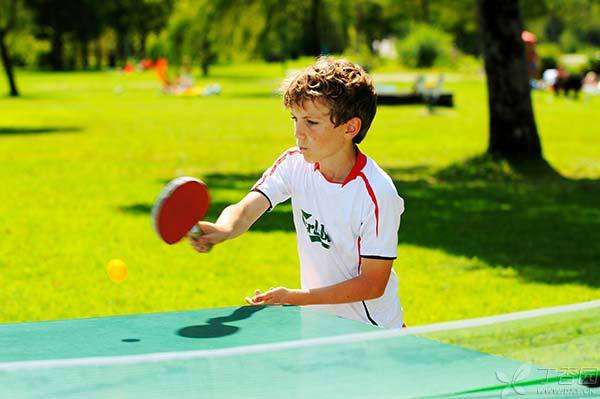
In recent years, juvenile myopia patients in our country have shown the characteristics of younger age and rapid progress.
High myopia not only affects life, but also is prone to many ophthalmic-related complications, such as retinal degeneration, hiatus, even retinal detachment and macular hemorrhage, which may eventually seriously damage visual function.
School is about to begin, and many parents are worried that their children’s myopia is growing too fast.
In fact, there are still some ways to control the progress of myopia. Here, I’d like to introduce the [three axes] for juvenile myopia control.
First move: change the bad lifestyle,
Bad lifestyles include long-term and close eye use, addiction to electronic screen devices such as iPad and mobile phones, and lack of outdoor sports.
Scientific research shows that the human eye’s adjustment system tends to be lazy. For example, when reading closely or doing homework, if it takes 3.0 D of adjustment to see clearly, many people will only pay 2.5 D or less.
This means that as long as our eyes feel that we can see clearly, we will not spend more effort to see, thus causing the clearest image to be located behind the eyeball, that is, behind the retina. This phenomenon is medically called “adjustment lag”.
The eyeball has the ability to judge the position of the clearest image and adjust the eyeball to grow to the position of the image. Due to the lag of adjustment, the eyeball keeps lengthening and myopia deepens.
Long-term close eye use actually increases the time to adjust the lag state, which is extremely unfavorable to myopia control. This is one of the important reasons for the occurrence and progress of juvenile myopia.
We therefore recommend that:
Step 1 Break between classes
During the ten-minute break between classes, I hope the students can relax outdoors and never continue to do their homework on the table.
2. Look less at the electronic screen
The influence of the electronic screen on the adjustment system will not only cause the adjustment lag, but also cause the adjustment micro-fluctuation amplitude to increase. As a result, the image received by the human eye is [jitter], which will promote the deepening of myopia.
Step 3: Outdoor sports
At least 2 hours of outdoor exercise every day can effectively inhibit the progression of myopia. However, it should be noted that outdoor sports must be during the day and have no effect after dark.
The second move: adjustment training
Modern medical research shows that myopic patients have insufficient adjustment power, which is manifested by reduced adjustment amplitude, insufficient flexibility and adjustment lag. Therefore, strengthening adjustment power training and improving adjustment lag state can play a role in delaying myopia progression.
There are many training methods, and playing table tennis is a good training method, because the collection function and adjustment function of the eyeball have been strengthened during the gaze process from far to near.

The third trick: correct the wrong way to correct myopia
If myopia is found, we need to wear glasses to correct our eyesight.
Traditional frame glasses still have certain defects for adolescent myopia patients. From the control effect, orthokeratology lenses are superior to traditional lenses.
Orthokeratology lens, also called OK lens, is a specially designed contact lens with hard texture. Although the orthokeratology lens has good effect, there are some special requirements for fitting, not everyone can wear it, and it is necessary to go to a regular hospital for evaluation and trial wear, and the doctor decides whether to wear it.
In addition to orthokeratology lens and traditional frame glasses, there is also a kind of paracentric defocus lens, which has no obvious difference in appearance from ordinary frame glasses. Although it is also frame glasses, its optical design is different and can better control the development of myopia than traditional frame glasses.
At present, some hospitals have carried out peripheral diopter curve type detection, Can better help patients make choices. The so-called peripheral diopter, It refers to the optometry outside the fovea where our eyesight is most sensitive. Traditional optometry can only provide optometry results of the fovea. As long as the fovea can see clearly, we can see the visual chart [clearly]. The glasses are all based on the degree of the fovea.
However, due to the existence of astigmatism, the image falling on the peripheral retina is not clear. Moreover, in most myopic patients, the image of their peripheral visual field falls behind the retina, which is extremely unfavorable to myopia control. Detection of peripheral diopter can provide basis for more reasonable selection of myopia correction methods.
In the absence of peripheral diopter data, paracentric defocusing lenses and orthokeratology lenses should be selected as much as possible for myopia correction.
If we can make good use of this [three axes], it is still possible to effectively control the progression of myopia.
Responsible Editor: Fei Fei
